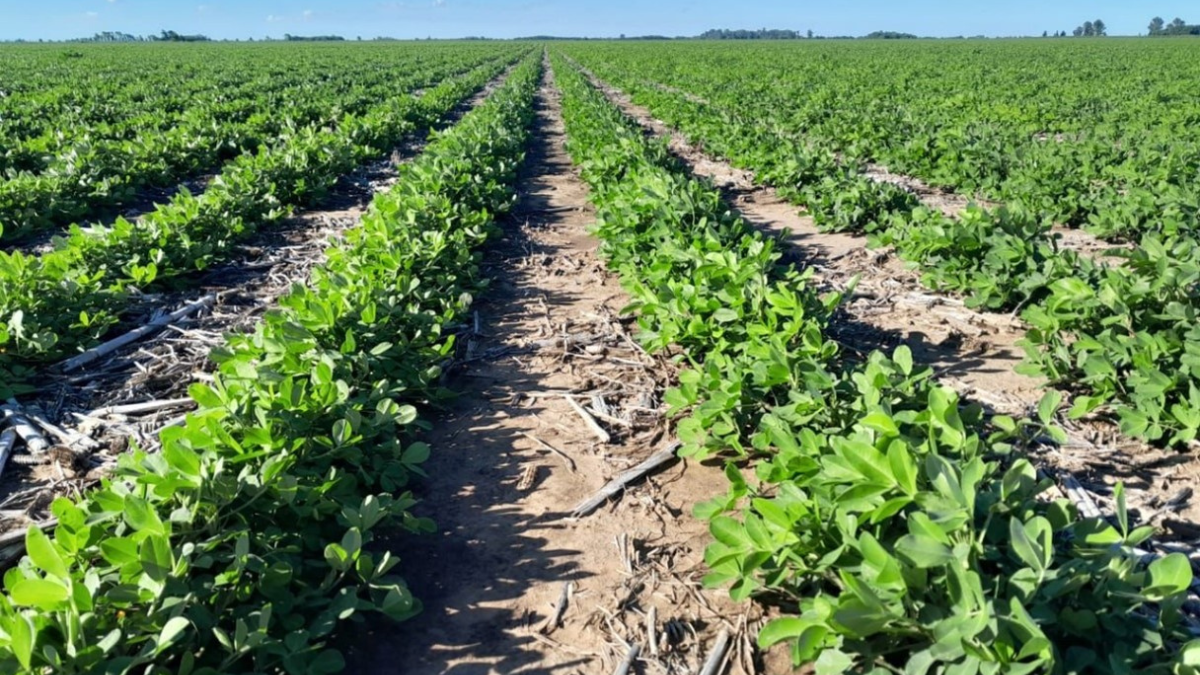3rd Crop Report as of 14 January
Overview of 3rd Crop Report
During the second half of December and the first week of January, there has been a positive change in the fields destined for peanut planting, driven by rainfall of varying magnitude and intensity throughout the peanut-growing area. Said rains have generated a substantial improvement in soil moisture profiles, and this has reversed the temporary hydric stress from previous months.
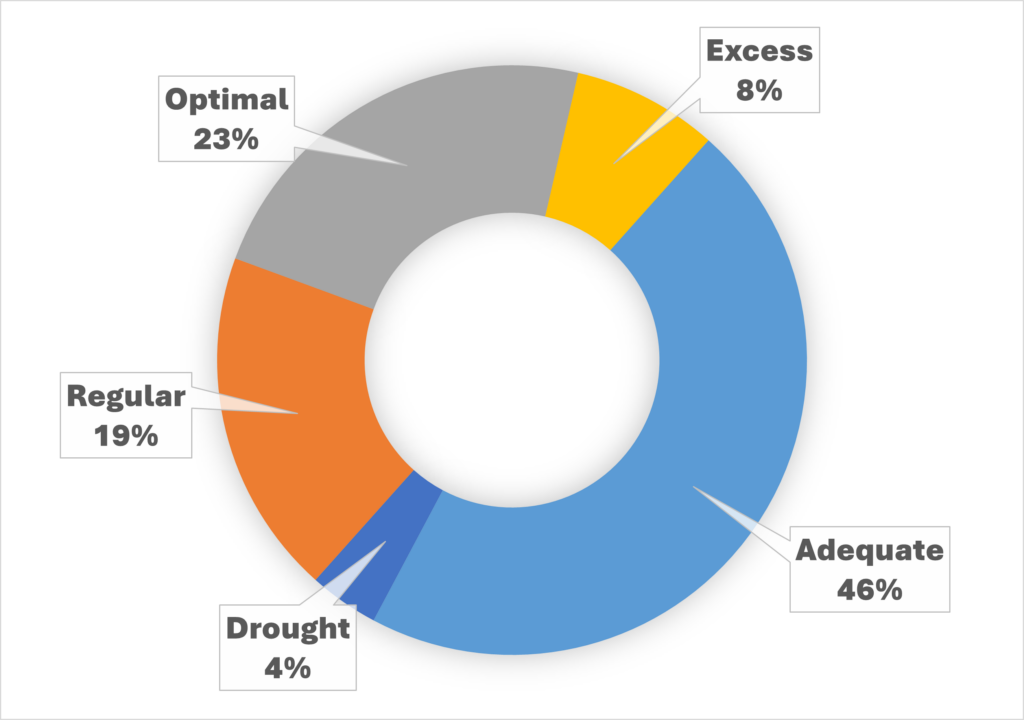
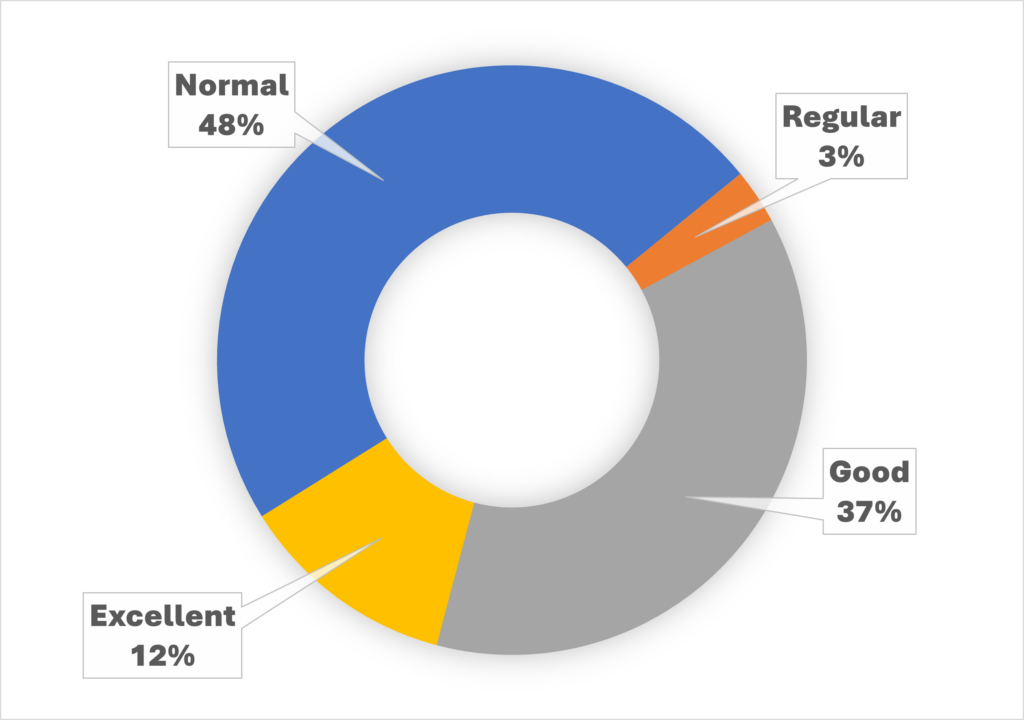
Compared to last year, the current soil water conditions in Argentina have significantly improved, with good moisture reserves. This categorical change started towards the end of November and consolidated rapidly during December and January throughout the region. Rainfalls were beneficial for the peanut-growing region, hence improving peanut production potential. These recent cumulative records confirm that soil profiles are at field capacity, and some have attained base saturation.
It is noteworthy that the recent rainfall, which was coincidental with the Beginning Bloom stage of the crop, has effaced the temporary signs of hydric stress, thus securing the Beginning Peg stage (R1-R2) of peanuts.
Simultaneously, plans are underway for the first fungicide applications in the lots sown during October/November.
Overall, the general condition of the peanut crop stands at good levels and although it is early to estimate the yield in kg/ha due to climatic uncertainty, the prospect of rains in the coming weeks could anticipate, in general terms, a favorable productive year.
Our reference map of peanut-growing areas
The main peanut-growing areas in Argentina include the provinces of Córdoba, La Pampa, San Luis and Buenos Aires.

December 2023 Climatic Conditions Analysis
Rainfalls:
During December 2023, above-average rainfall was recorded in more than half of the departments surveyed by the BCCBA. Unión and Juárez Celman featured the highest records, although some of these rains were accompanied by hail, causing damage to crops, as evidenced on 24 December in Hernando and Dalmacio Vélez Sarsfield (Tercero Arriba department.), with maize and soybean losses.
The climatic complexity of the region during this period is worth highlighting, with beneficial rainfall, but also with challenges linked to extreme events such as hail and variability in soil water availability.

Temperatures:
Temperatures dropped compared to the same month of the previous year, with remarkable differences of up to 3 ºC in the department of Río Cuarto (Map: average air temperature).

Field Tasks
During the period under analysis, herbicide treatments for weed control continued, specifically for the Amaranthus spp., covering all the areas marked on our reference map.
On the other hand, we have intensified weeding tasks in peanut fields. This seeks to control weeds that chemical treatments have failed to do so. The absence of rainfall during the spring and part of the summer has hindered the incorporation of the residual active ingredients from agrochemicals into the soil, thus rendering them ineffective for weed control.
In addition, the planning of the first fungicide applications has begun in the fields planted in October/November. These peanut crops have not halted their development and growth, since many of the lots where they stand rely on groundwater and continue to receive constant rainfall.
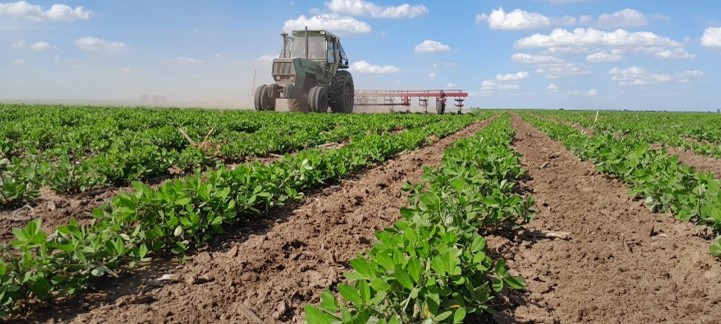
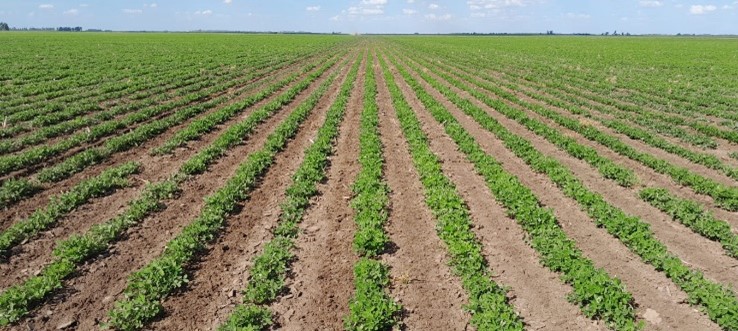

Conclusions
This report arises from the weekly monitoring of the various peanut-growing areas in our area of influence and confirms the presence of favorable water conditions, especially in the Central, Eastern, and Southern areas. Soil water reserves exceed 80%, at levels that indicate optimum field conditions.
The following crop status classification is based on assessments:
Excellent: 12.17%
Very Good/Normal: 48.33%
Good: 36.5%
Regular: 3%
This rating evidences that the crop is following the expected evolution, despite a challenging start. At present, the crop exhibits a vigorous phenology, with good management in place. However, some delays have been experienced in the application of early post-emergence herbicides due to the persistence of strong winds in the last 15 days.
Current conditions, marked by high sunlight exposure, high soil moisture, and a generally favorable climate, have reversed the previously reported lag. This implies that virtually all peanut-growing areas share a similar Crop Growth Rate (CGR).
Crop phenology is currently in the beginning bloom stage and beginning peg stage. This stage is classified as follows:

Diseases: Rain and high humidity increase the probability of fungal diseases. Consequently, early fungicide applications are required, especially in lots planted in October/November that did not halt their growth. Sclerotinia spp. has caused mild wilting and should be considered if damages increase in the future.
Overall, we anticipate a summer with abundant rainfall, heading towards an autumn (March) with a stable neutral year. The El Niño forecast until the end of February points to the possibility of abundant rainfall in all peanut-growing areas, with variable rainfalls.
Finally, despite the positive situation highlighted at present in this third peanut crop report, the constant need for adequate rainfall and temperatures for the season is emphasized to ensure optimal development in the coming months.







